|
Success, after coming so close back in 2016 with a time of 1:30:09 at the Gold Coast I’ve long had the goal of cracking 90mins for the half marathon.
Today that finally happened… 1:29:15 🏃♂️💨 To get there I changed my training regime and worked on becoming more consistent in my training in 2020 by trying to keep a higher base fitness rather than the perpetual event focused build fitness. After my 2021 attempt was delayed due to COVID and then was unlucky with the weather on the day on the rescheduled date I decided that Gold Coast was the place to do it again. Fast forward to 2022 and after planning to follow the same lead up events that I followed in 2016 I sadly strained my calf in the days leading up to Noosa 10km which meant training had to be creative. That was just 4 weeks ago. Race week presented a possible weather hurdle with heavy rain forecasted after having clear weather for what seemed a long time. Today started with an early alarm and a drive down the coast, I aimed to arrive early to secure a Carpark near the race precinct. It was raining 🙄. Great 👍. 4.30am. 90mins till race time. We planned for this, it’s all good, I tell my head. Grabbed the raincoat and hit the portaloos. No queue. Hooray. Back to the car for a bit more relaxing and people watching. 5.30am start thinking about another portaloo visit (just in case), it’s stopped raining… what the! Get the race shoes out of the boot and lace up. Poncho on and terrible selfie 🤳 and head to the queue. Multiple lines at the loos, which one is the shortest I try and figure out. Make the call and line up. Waiting waiting waiting, what the hell are people doing. It’s not 9mins from race start and I’m still 500m from the start line. 🤦♂️ Next minute the loo service people push in line and start stocking up the toilets. I’ve never seen a bunch of runners nearly go lynch mob before but I imagine those service workers might have feared for their lives… 4mins to start time. I’m out and start sprinting to the start line, flapping in the breeze with my poncho. No warm up, no drills, no strides, this wasn’t in the plan. Got closer to the start and nearly had to push people out of the way. I spied a gap in the fence, ripped my poncho off and jumped through. Let’s go. Hang on I’m in the under 90min zone, not my start zone, whoops, I’ll take it as an omen. Without warning, 3, 2, 1, Bang. Gun goes and we are off. Target 4.14-4.15 min/km. First km 4.06min/km. Oops. Cool the jets. Next 2kms 4.10’s. Feeling good. Let’s just keep rolling. Next 4kms 3x4.08’s and a 4.15. 9-12km starting to slow but still on pace. Must be time for a gel. 41:49 for the first 10km and about 50secs banked. Maurten Caffeine Gel had just after half way. 15-19km was just a grind, slight headwind, tried to tuck in behind people but they just weren’t running a good pace for me. Averaged 4.16-4.19’s. Still on target. Decided to just hold pace till 20km and then give it a final push. 4.19 pace. Ok last 1.1km let’s push. Around the final corner before hitting the club tents. Keep focused. Fly past the club tents to a few shout outs and around the corner into the final 250m. Hammer down. Finish line ahead, time clock just clicks over 1:29, I know I’ve done it, just gotta get across the line now. I throw up the arms to celebrate just before the line and cross at 1:29:15. You beauty!! Feeling a touch emotional, not sure if it’s because I’ve finally done it or is it because I’m just completely knackered. Big thanks for my Coach Luke from Run Strong, the guidance, the adjustments to program and the general wisdom for getting me to the start line fit and ready. Also to my previous Coach Gemma as well whom I started this #sub90 project back in 2020. Huge thanks for Paul from Balanced Runner for all the running form advice too. Big thanks to my clubs Southbank Tri Club and Fortius Running Club and all my training buddies. And especially massive thanks to my darling Mel who is there as my number 1 supporter and puts up with me getting up early all the time and creating piles of sweaty activewear. What’s next? Stay tuned…
0 Comments
Race Weekend
Arriving for a practice swim Saturday morning wasn't my brightest idea. I'm a nervous ocean swimmer at the best of times but this miniscule swim in what seemed like massive swell did not help my mindset. From that point until 6am Sunday morning I tried to keep my train of thought on the right track but I had a decent case of nerves (and in hindsight I probably didn't eat enough during that timeframe). BUT arriving onto the beach Sunday to see rolling clean waves with a rainbow overhead I knew finishing, the swim at least, was in the bag. Transition was dark and rainy (next time I'll bring a visor with lights). Another lesson... allow more time to squeeze into my wetsuit. The upside to that was I didn't have time to linger on my nerves and went straight to the beach for a calm walk to the Spit. The starters gun came around quickly and I was off in the rolling start at the tail end of Wave 1. Once I passed the first buoy I found my rhythm and focused on swimming straight and keeping calm. Apart from some abnormal calf cramps in both legs at the 1k point I really enjoyed the swim. All of a sudden it was done and I caught a sneaky little runner into the shore. After passing the exit chute I was elated I had overcome my mental hurdle, now there was only a strangely enjoyable 800m to T1 and 111kms to go thereafter.. easy! Ride An experienced friend of mine couldn't stress enough 'Nutrition, nutrition, nutrition. Don't miss anything.' So I set my nutrition alerts to 10min intervals on the bike. It seemed excessive but I downed everything I had.. and I was still hungry. (Lesson #543 for next time). Another piece of advice I was given was 'Don't go too hard on the bike, save ya pins for the run'. Here is where I need to improve considerably. I probably conserved a bit too much energy as I was worried about the return of my calf cramps in the run. The first lap was pretty windy as expected. Heading north we had a comfortable tailwind and I felt as quick as Quintana but after turning around BAM... hello headwind. The second lap was windy and pouring with rain. Given it was a such a straight course the rain didn't seem all that bad. At least it wasn't scorching hot. With the distraction of the downpours and the lovely Tamborine playing Lady on the Maroochy Bridge, the ride was over before I knew it. Run T2 was swift and I was off. The first seven kilometres were great and I felt like I was running on clouds with my new Vaporflys. It was so motivating to hear the cheers (minus the beers) on the hill and to see other SBTC athletes flying around the course. Again I seemed pretty hungry (what is wrong with me) at the 16km mark and was desperate for some fruit at the aid stations but I begrudgingly downed my 88th gel with 5kms to go. The last hill effort hurt but with 1km left to run I was absolutely stoked. My first half ironman was nearly done. I couldn't be happier to see the red carpet and cross the finish line ... yeooow! Doneski! In a year of such unforeseen circumstances, I think all the athletes who raced were grateful the event went ahead. Thanks to Coach Simon for the detailed plan that kept me motivated and accountable over the cooler months. And to Coach Chris for WHW cycling tips. All those early winter morning sessions paid off. My goals for the race were to finish in under 6hrs and most importantly enjoy it... otherwise what is the point? I'm happy to say I achieved both of those goals and like any triathlete four days post-race I've set targets for next time. #findfaster #beatyesterday 5km
10km
Half marathon
Marathon
Okay, let’s start from the bottom up. And when we say bottom, we mean feet. Contrary to popular opinion, landing on the balls of your feet isn’t the be all and end all.Eluid Kipchoge’s(https://www.youtube.com/watch?v=TFQ94-U3nDo) a great example of that as he’s a mid-foot striker. Mind you, the aim of landing is to recoil and spring off with optimum speed and efficiency, which naturally derives from the balls of your feet. Heel landing, on the other hand, which applies to many runners and triathletes, is the most inefficient method. Not only does it slow down movement between landing and toe-off, it potentially increases the likelihood of injury. As for leg position, again it’s individual but, broadly, your shin should be as close to perpendicular as possible when your foot strikes the ground. Foot landing impacts this. Significant heel strikers forge too great an angle; extreme foot strikers, the angles too small. Both scenarios can lead to injury in the opposite limb. The final part of the lower-limb jigsaw is knee position. Ideally your knee should align with the middle of your foot so that when your foot strikes the ground, it’s right beneath your knee. Your knee, on uplift, should also be in front of your hips rather than flaring either way. Then we have the hips. Your torso should be slightly ahead of your hips, so you can more proficiently activate your powerful gluteus maximal muscles. You naturally do this when running uphill, which is why cross-country and fell runners often experience very sore bums’ post-race! Strength exercises: My physio I work closely with has a You Tube video channel, which has many videos to assist with various running ailments Here are some exercises to build strength in your Achilles and calf, these will assist in making your tendons and muscles stronger to help cope with the stresses of running. The library is here https://www.youtube.com/user/bodyleadership/videos Awareness of Body Position is Key Arguably more important than the minutiae of foot, leg, knee and heel position, however, is improving body position awareness or proprioceptors. Simply put, proprioceptors are the sensor in your muscles that govern balance. When you’re injured, these proprioceptors don’t function properly, which can lead to further injury and bad technique. Olympic triathlon coach Darren Smith about this several years back… ‘Every time we land on the ground, we have 0.15secs to land, control and push off in clean alignment, that’s good,’ Smith said. ‘If you’re not aligned, you leach energy because the foot’s structure is all sloppy. It lands and collapses; your knee buckles in; your hip switches. All of this energy is absorbed into the body like a sponge.’ One method to improve this alignment and proprioception, says Smith, is the cleaning-teeth drill, namely you clean your teeth with your eyes closed and on one leg. ‘You then move onto jumping and landing on one foot. Open your eyes and see how your body stands and lands on one foot. Does it collapse? What do you need to do to hold it together?’ It might sound mildly eccentric, but it works: six of Smith’s squad qualified for the 2012 Olympics. Off-Road Benefits You can further improve proprioception with off-road running, which explains why this is such fertile terrain for all levels of runner. ‘When you run off-road, you’re engaging stabilizing and synergetic muscles, not just the main running muscles,’ Rees told us. ‘Every footfall is different. It makes you more aware of your running stride. You’re also much less likely to endure shin splints.’ ‘You’re also more likely to remember what your natural stretch reflex is,’. Your what, you may ask? ‘If you jump lightly and quietly, that’s your natural stretch reflex. Essentially it’s the natural elastic propensity of your muscles to accelerate and decelerate at a certain rhythm. The more sensory feedback your body can retrieve – for instance, from running off-road – the better your body is at recognising and controlling this.’ That includes arm and head position. Again, let’s fall back on Kipchoge for general advice. His head and upper body are so relaxed and still, little energy is wasted. But lower down, there’s a gentle rotation of the core to balance out the rotation of his legs and pelvis. With his upper and lower body working in an opposite rotational pattern, Kipchoge can really engage his core muscles to drive him forward. Cadence Bandwidth
And drive forward he does at a cadence around 180 steps per minute (spm) for a marathon. This is impressive and delivers a twofold benefit: it maintains an efficient stride and ensures he doesn’t overstride, which could lead to injury. It also cuts ground contact time – again, cutting the chances injury. What should your cadence be? Gwen Jorgensen’s former coach, Jamie Tuner, put it best when he said every runner and triathlete should develop a ‘cadence bandwidth’. If you have a wide cadence range – say 160spm for easy running; 166spm for faster running – it really comes in handy when fatigued. “Cadence should be a function of speed – the faster you want to go, the faster cadence needs to be – and you should aim to increase each level’s bandwidth (easy, threshold and 5km/10km pace) by 5-10%,” Turner explains. “An easy-running 160spm, for instance, would rise to 168-178spm. That’s why during speed sessions, focus on a quicker cadence and pushing off the ground with more force, so you’re developing both stride rate and cadence to go faster.” A metronome built into your sports watch is a useful feature to practise running at different cadences. Watches like Garmin’s 735XT and 920Xt can beep you at regular intervals to keep you on cadence track. It is possible to refine your run technique – around 40-60 days and a lot of repetition to rewire your neural map. With so much uncertainty and fear in the world right at the minute I felt like I had to post something, whether it resonates with you or not that’s ok I just wanted to put some thoughts out there into the inter web. I’ve always tried to live by the control what you can control mantra, this is why this image resonated with me so much in the crazy new world we are presented with right now.
After being made redundant from a job and company I have loved for 13 years a number of weeks before this whole crisis started I’ve come to realise more and more of what is actually important in life. After having numerous chats with my team and saying goodbye to flights in a number of my ports we are now in this together in ways we have never been before. Races In this time of cancelled and postponed races its easy to loose motivation and feel like "Why bother anymore". However NOW is the time to get fit and ready for when races are put back on and NOW is the time build some consistency and a strong solid base fitness. If you were mid training for an event don't just drop everything, you've already made deposits to the training bank, these won't leave you. They will always be there. Now is the time to focus on something else you want to improve on, for example, strength training, your running form, your 5km time, 1km time, training volume goal, trail running, etc. You don't need to have a race to train, you can still set yourself goals and work towards them. I can help with all of these things so get in touch if you need some guidance or coaching to help you through. Races will be back so you have a choice how you want to prepare. Obstacles are Opportunities Plenty of us are social beings and love getting out for our group runs or rides. These social gatherings are just becoming harder and harder to achieve within the current climate, beside the fact it’s not allowed in some formats. It’s great to see those out there in the world being creative and just this week I’ve seen people creating virtual group rides or runs via technology. A great saying has stuck with me this week “Every obstacle is an opportunity” which is very true at the moment. There are plenty of people just standing there looking at the obstacle wondering what to do however there are also those out there who are looking at the obstacle and coming up with creative ways to turn the obstacle into a new opportunity. Think about what can I do better? Thinking Positive This is something you are completely in control of. There will be times when you will have negative thoughts during this situation, the skill here is hitting pause and pivoting your thinking into what is the positive here? For example maybe you have been stood down, maybe the time is now to learn a new skill or try that thing you have always wanted to with free time you now have. Ask yourself what have you always wanted to do or experience however never had the time? Now is the time to try it! As we head into uncertain times ahead it’s more important to look after yourselves and loved ones in both a physical and mental wellbeing perspective, my thoughts are with those going through a rough time. Please reach if you need some helping setting some fitness goals get in touch. #simonbrookercoaching #controlwhatyoucancontrol As race day approaches, marathoners want to know what shape they are in and which pace is right i.e. the pace that allows them to finish in the fastest possible time and avoid the slow down that happens towards the end of the race. These are just 3 of the workouts I prefer to use to help gauge pace for athletes. The predictions are not perfect by any means, but I find that they work for most people completing a marathon. As you prepare for your next race or marathon, these workouts can be helpful in your race day planning with your coach or for you to use if you are self-coached. fast ending long runsThe Fast Ending Long Run has quickly become a popular workout for elite & competitive marathoners. In the fast ending long run, you run the first 13 - 19 kms of a 22 - 30 km long run at your normal long run pace. However, over the last 5 to 10 km of the run, you progressively run faster and faster. Once you’ve become used to this workout, I’ve found that if you can finish these long runs strong and fast, you are on target to achieve your marathon goal. Fast ending long runs are very tough workouts so you shouldn’t do them very often or run too many of them in any one marathon training cycle. I would suggest alternating a weekly fast finish long run with a more typical weekly long, steady run. If you can run 3 to 5 of these fast long runs in the 8 to 12 weeks prior to your marathon, they become quite an accurate predictor of your ability to not just run the marathon but to race your best marathon time. Lastly, you shouldn’t plan to ‘taper’ for your fast ending long runs. Go into each one as you would any other long run otherwise the pace you achieve won't be as accurate of a predictor of your best marathon pace. long distance raceAnother favourite marathon predictor workout is a long distance race. I really like for atheltes training anywhere from half marathon to marathon to race a 10km or half-marathon a few weeks prior to the marathon (though any race from 15K to 30K works). An estimate of your marathon time is to double your half-marathon time and add five minutes. For example, if you run 1:30:00 for a half-marathon then this method would predict that you could run 3:05:00 for a marathon. This may vary for the individual though. I have sometimes found that doubling your half-marathon and adding seven minutes is slightly more accurate for most runners. No matter how you do it though, a long distance race is another great workout that can help you accurately predict your fastest marathon pace. I should add that it will also depend on how close to your race the race is important. A minimum of three weeks between a half-marathon and the marathon for example, however I would suggest more likely 4 to 5. Also, the longer the race, the further away from the half marathon or marathon it should occur. yasso 800'sThe third prediction workout comes from the team at Runner’s World and is called Yasso 800s. You might have heard or seen of it before.
Named after the famous Bart Yasso the theory behind Yasso 800s is that your time in minutes and seconds for a workout of 10 times 800 meters (two laps of the track if you have access to one) with equal recovery time (jogging slowly) is the same as the hours and minutes of your marathon time. For example, if you can run 10 times 800 meters in three minutes and 20 seconds with three minutes and 20 seconds recovery jog, then this predicts that you can run three hours and 20 minutes for your marathon. Run 2:40 for the 800s and you can run 2:40 for the marathon. This is a pretty hard workout so get ready for it and be well rested as you would for any normal workout. This workout should feel how a 10km race feels. Early repeats are fast however controlled like the first 3km of a 10km race feel. The middle repeats get harder and require more concentration and effort like the middle 4km of a 10km race. The last few reps are very hard like the last 3km of a 10km race. Because this workout is easy to budget for time wise and doesn't require massive amounts of recover, I like to include it 2 or 3 times in a marathon training cycle. It not only provides a good predictor of marathon pace but allows you to chart your increasing fitness which is a big confidence builder. I sometimes use all three of these predictor workouts with each athlete I coach training for a marathon and recommend that you do the same. These three workouts give you a great overview of your total capabilities, your endurance and durability (fast ending long run), your ability to run fast for a long period of time (long distance race) and your aerobic capacity (Yasso 800s). Taken together, I find them to be very, very accurate. PLEASE NOTE All of these workouts assume that you have done all the training for a marathon e.g. consistent volume of running, long runs, lactate threshold workouts, etc and so on. You can’t just go run one of the predictor workouts and expect it to be accurate if you’ve not done the training. Without the proper prerequisite marathon training, you may find yourself in a world of trouble late in the race! At the end of the day all predictors are estimates. There are always going to be unknowns which you cannot control on the day, what the weather will be like, how your competition will pan out and numerous other factors. However, I’ve found that the above workouts will offer marathoners helpful information that can aid in your race planning with your coach. Prepare the best you can, believe in your plan, respect the distance you are racing, use these predictor workouts to establish a smart race plan with your coach and hope for the best on race day. Happy training Often transition in a triathlon or multi-sport event people do see the opportunity there is for free speed. Free speed? I hear you say, how do I get free speed when I'm standing in transition? Well you get it by being quicker at your transition from each leg. You train your body for the swim, bike and run why wouldn't you practice your transition from each to the other as well? Setting upThink about getting into the right mindset and setting up your transition spot to be the most efficient as possible. This is where you will gain maximal efficiency come race day.
t1 - Swim to bikeGoing from swim to ride is probably one of the hardest things as you are transitioning from a horizontal position to a vertical one very quickly, it can sometimes leave you a little light headed or dizzy too.
And lastly
T2 - BIKE TO RUNSo you have fanged it on the bike and now you just have your run to go, transitioning from the bike to the run is one of the quick transitions but equally one of the quickest ways to loose time.
IMPORTANT POINTS
Once you are in transition
recapping
With a bit of time and practise transition's can be an easy way to your next PB! And lastly for a bit of a laugh after all the seriousness, here is a link to an article which talks about some of the worst triathlon advice ever. ENJOY!
Ever heard someone say they are going on a steady run and wondered what they are talking about? Ever wondered why bother with a steady run? Shouldn't I just do intervals, tempo's and long runs? Read on
I found this really good article about how to handle yourself during a mid-race catastrophe, while not ideal I've always been a planner and often will have multiple back up plans or goals (for good or bad) in my head for races. A prime example was during my first marathon.
I had an A, B and C goal just in case. This worked out well as when my A goal came unstuck I had a fall back position which I knew I could lean into and rely on. Luckily that confidence brought my wobble back from the brink into the straight and narrow and I was able to come back and claw my way back to my A goal. Read on if you want to learn some more about strategies you can employ in your races... |
AuthorSimon Brooker is an accredited Multisport and Running Coach based in Brisbane, Australia Archives
July 2022
Categories
All
|

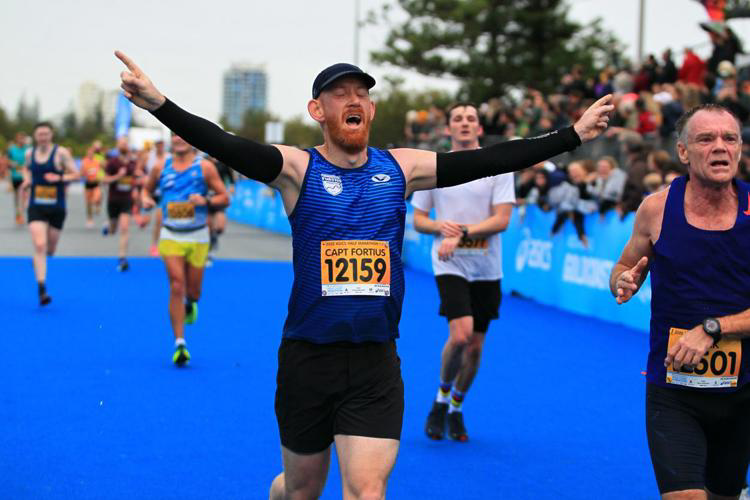
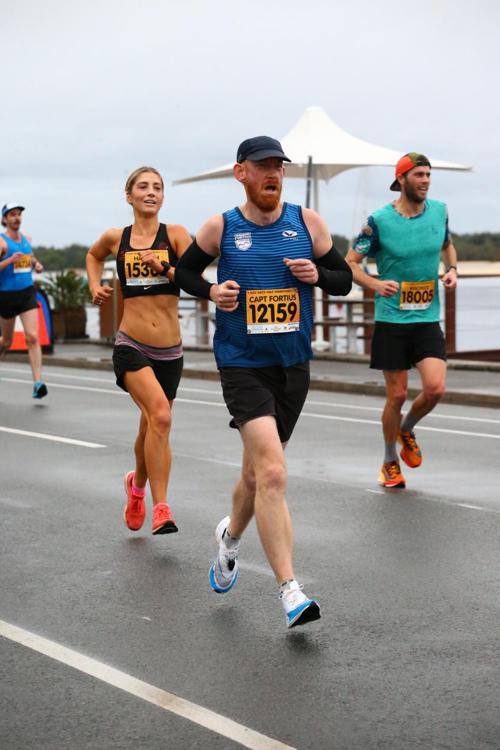
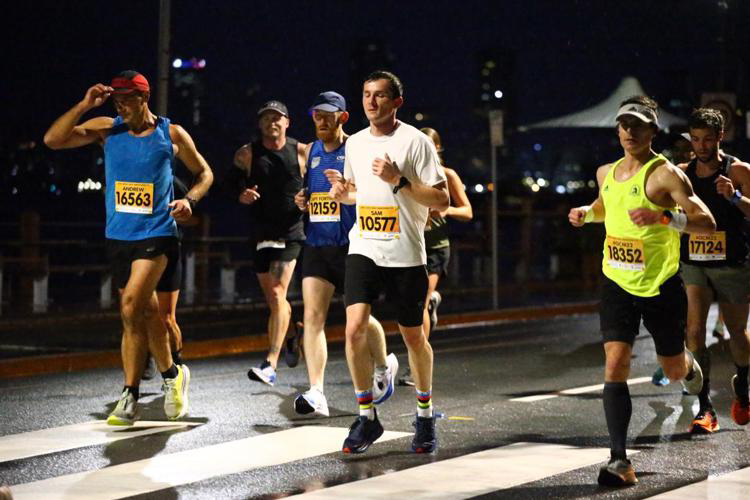
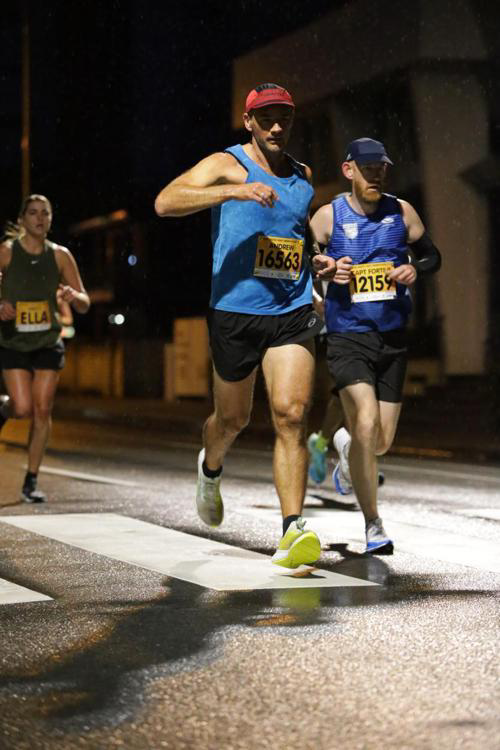
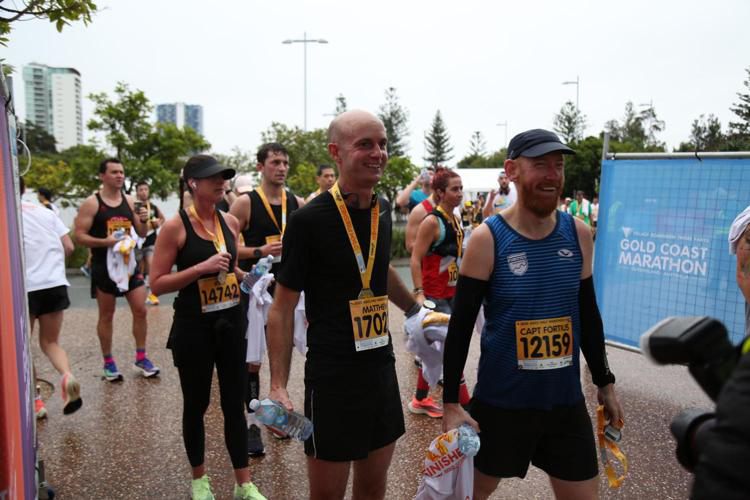
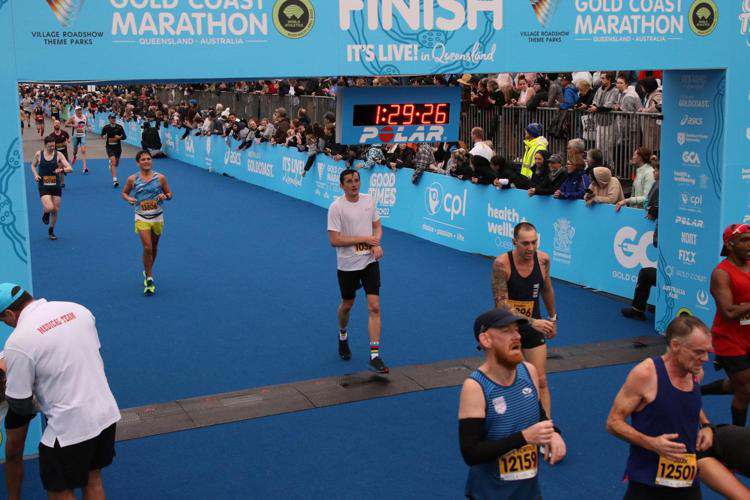
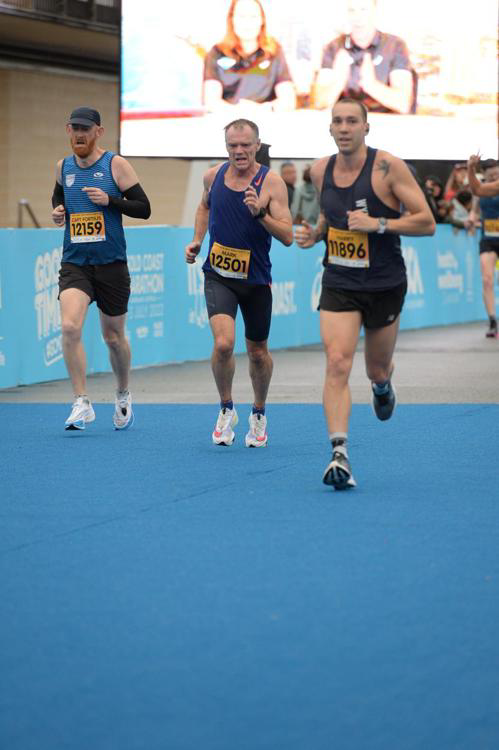
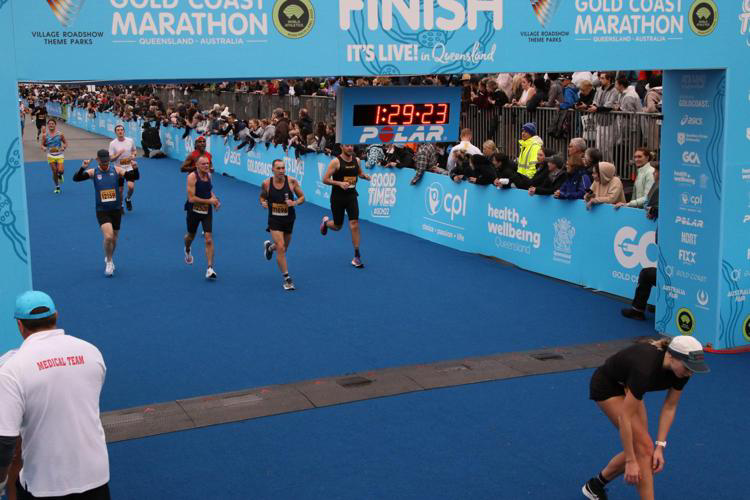
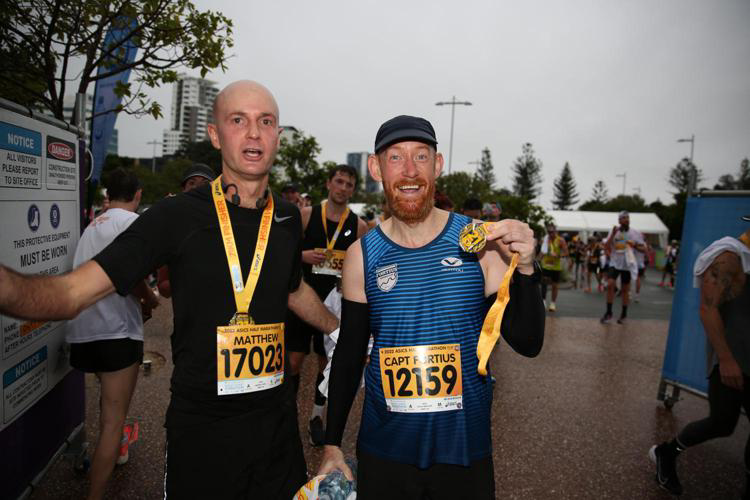
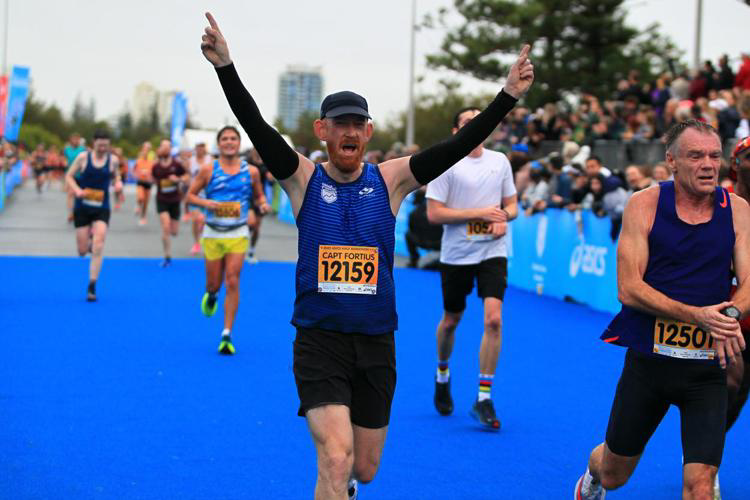
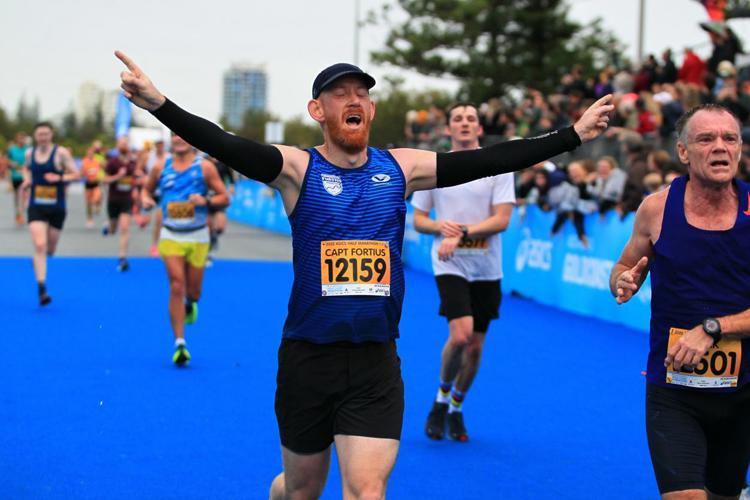
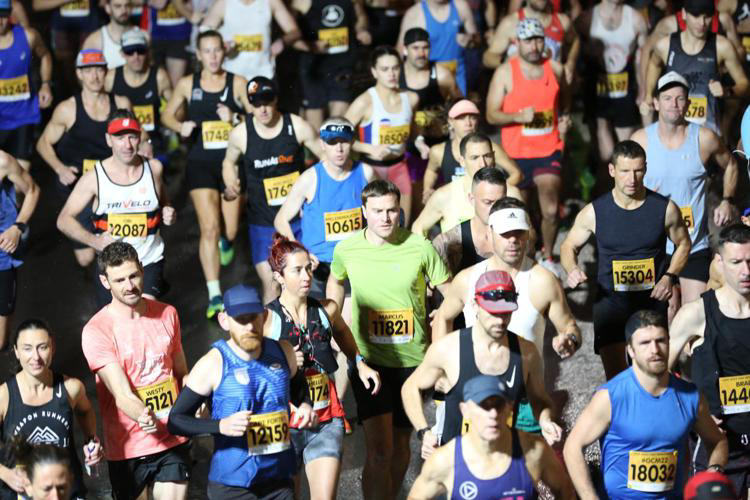
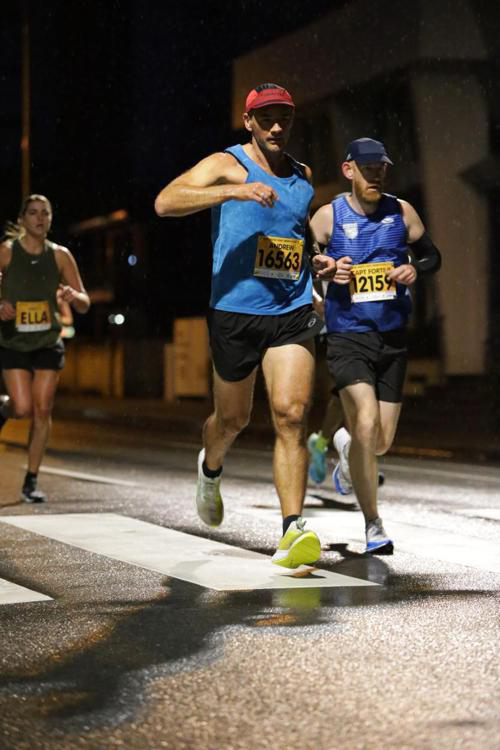
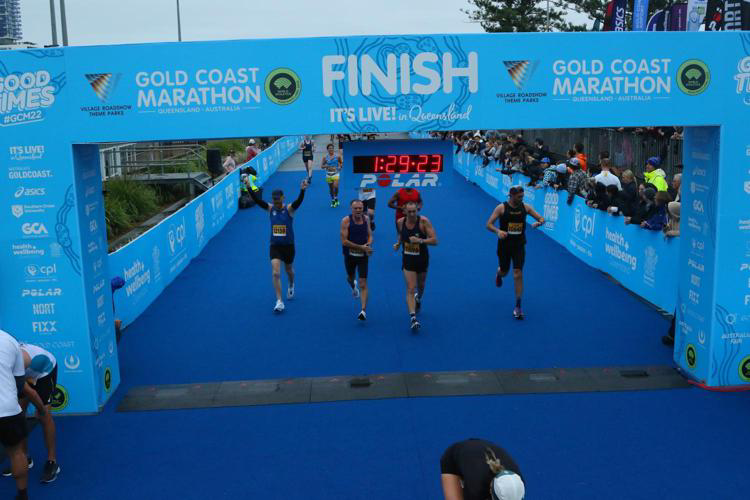

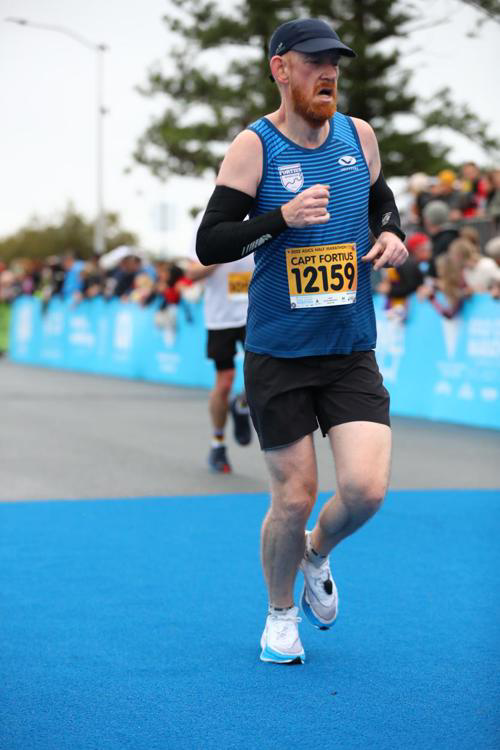
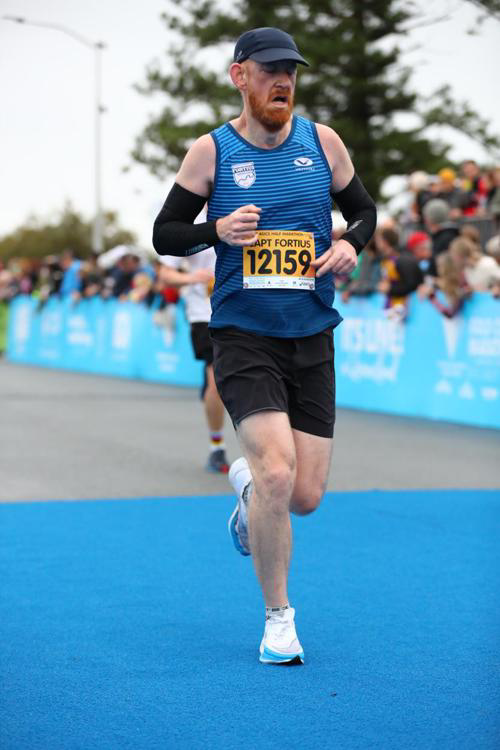
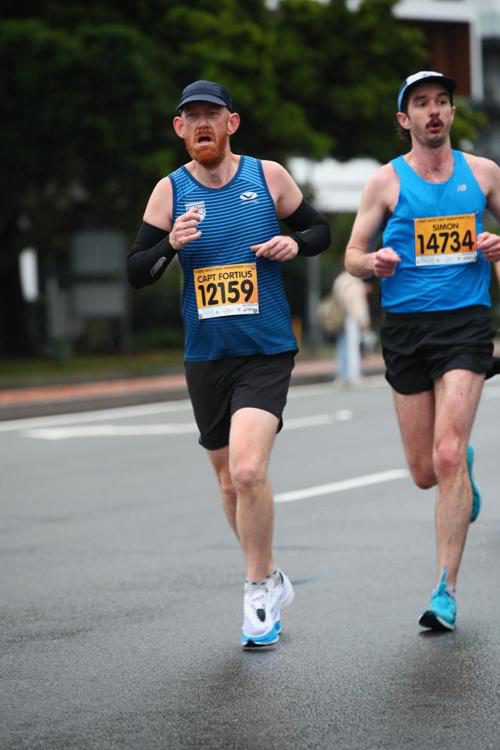

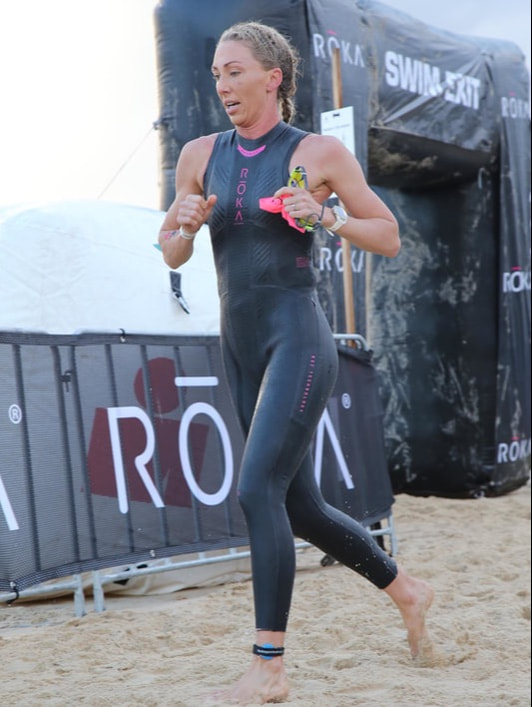
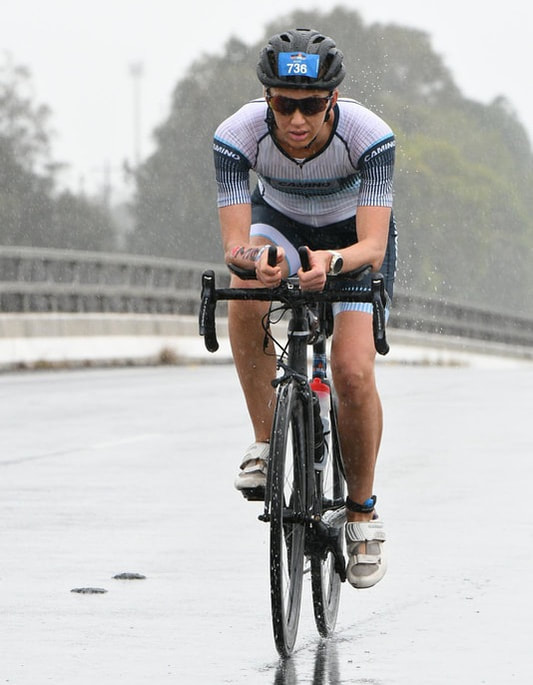
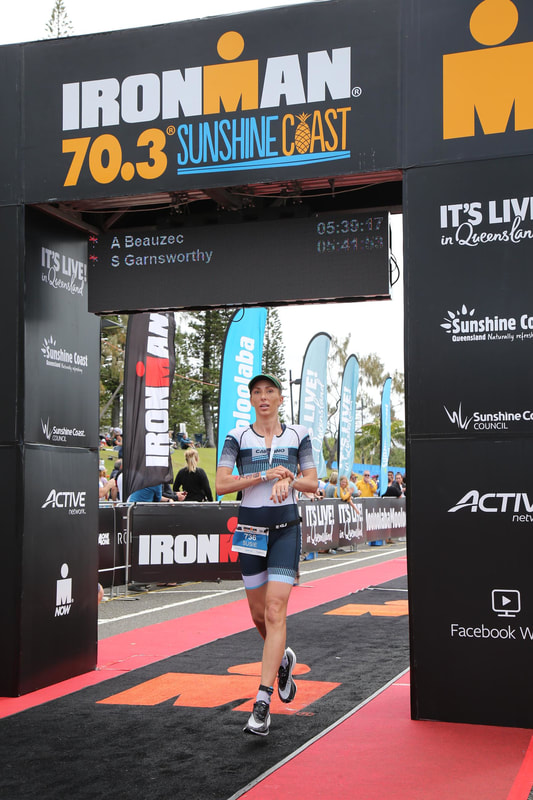

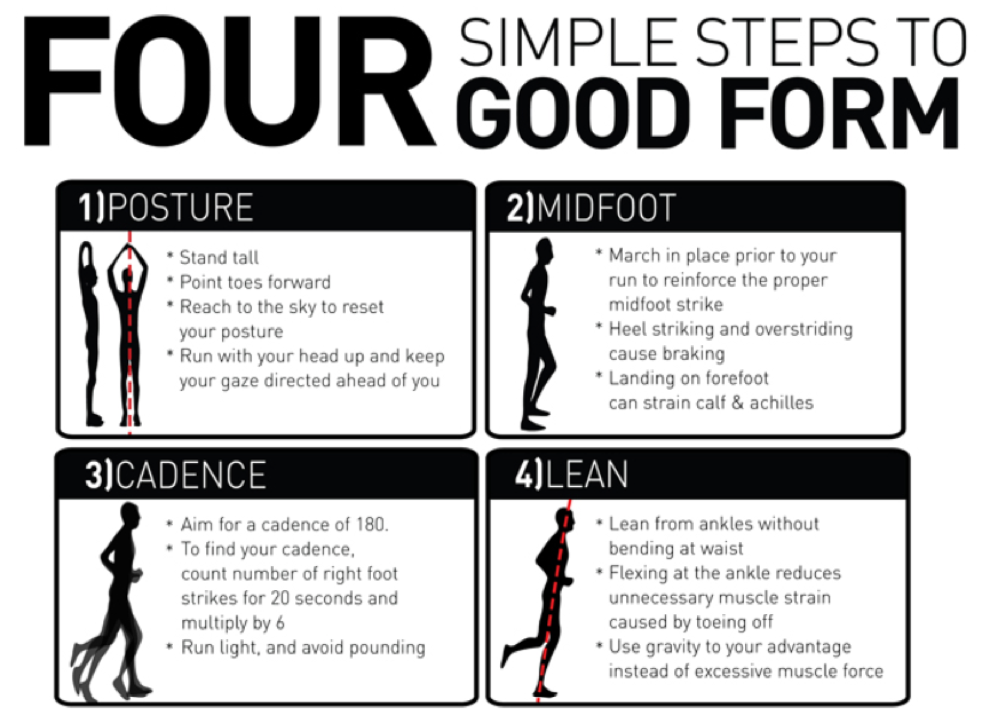
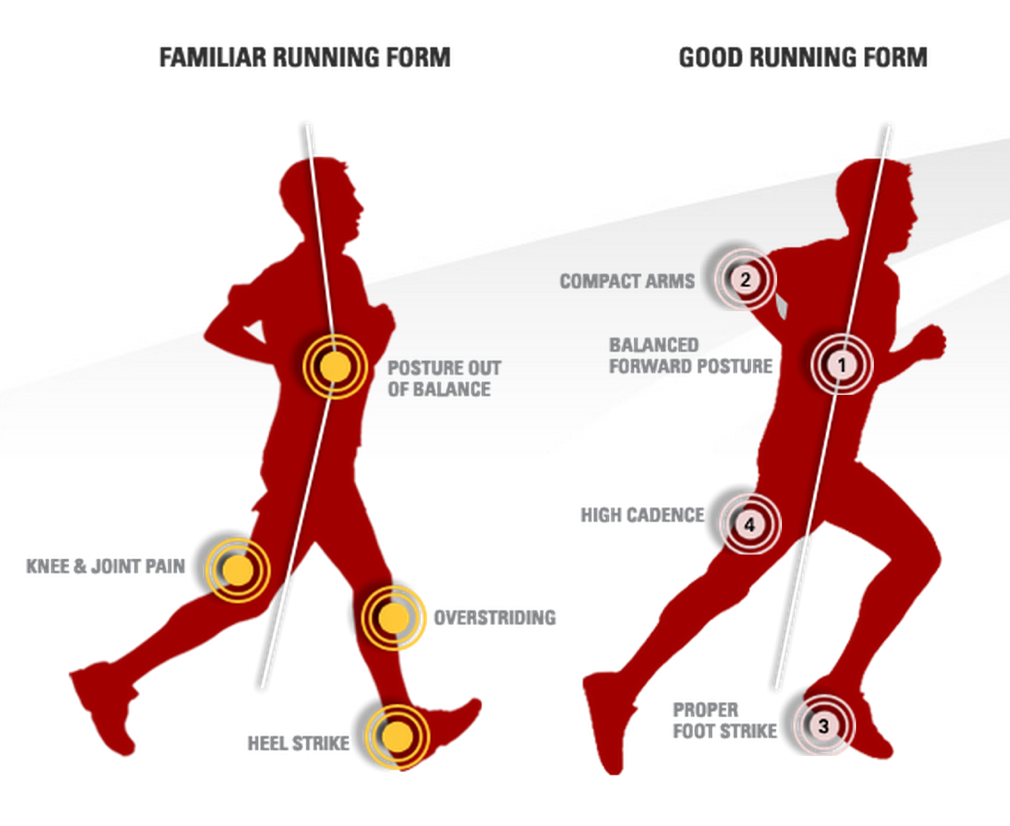

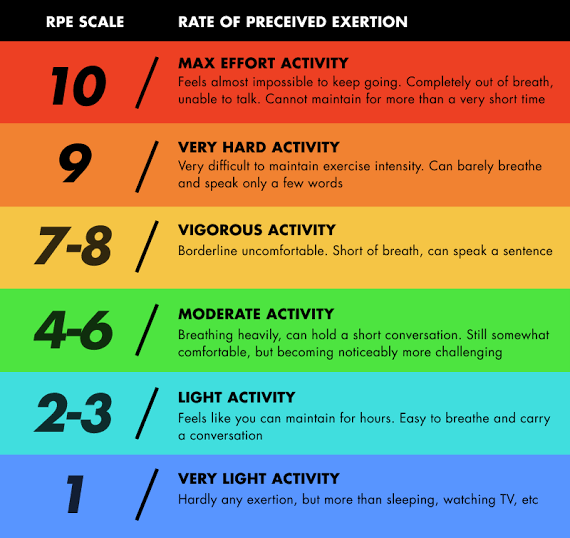
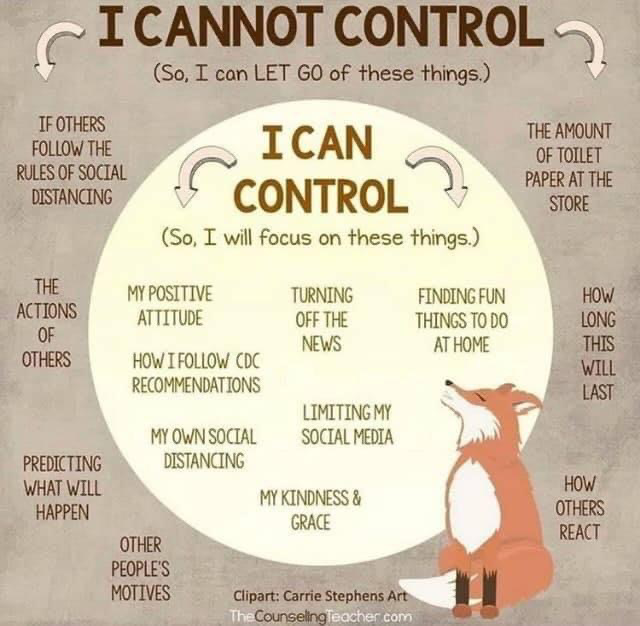
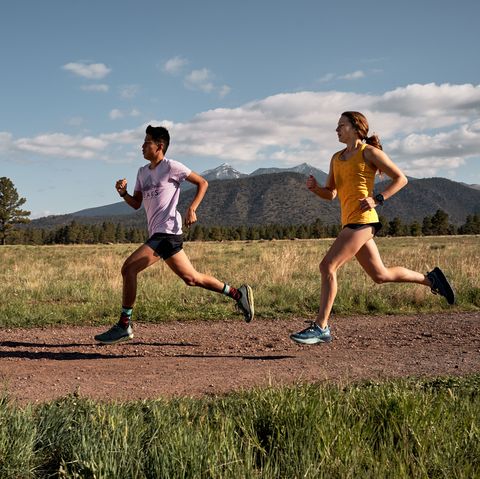
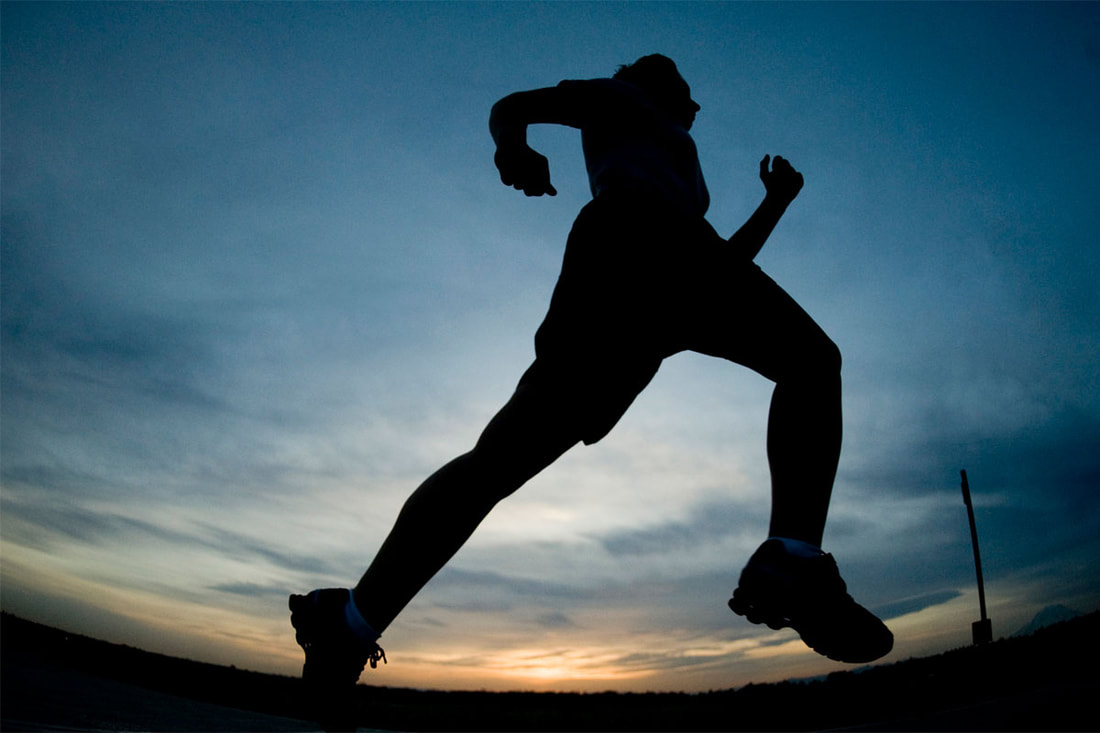
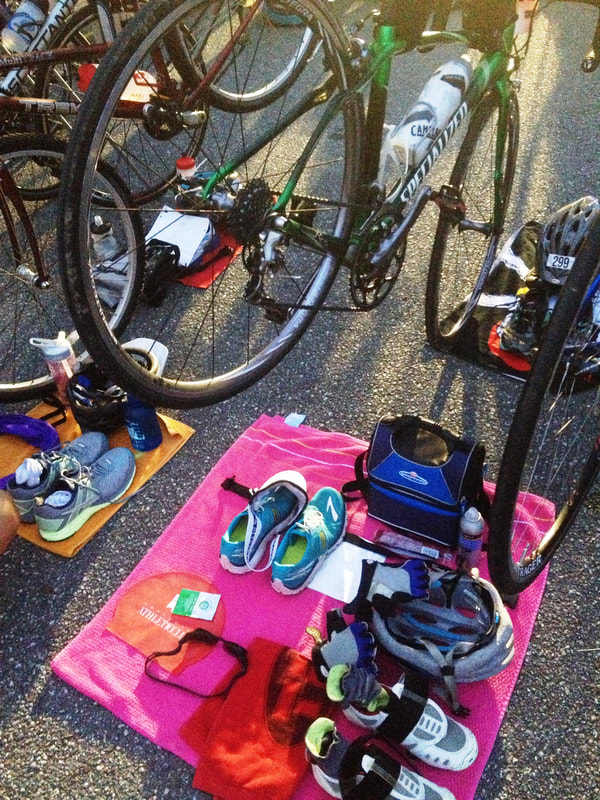
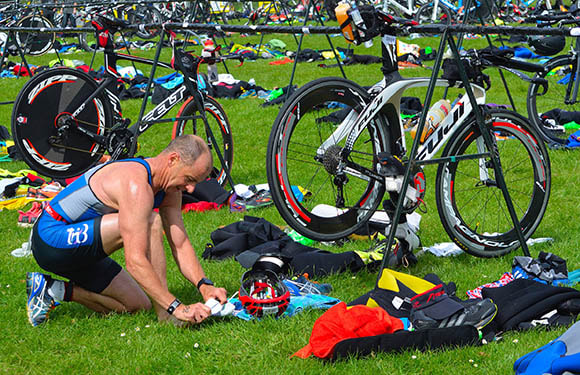
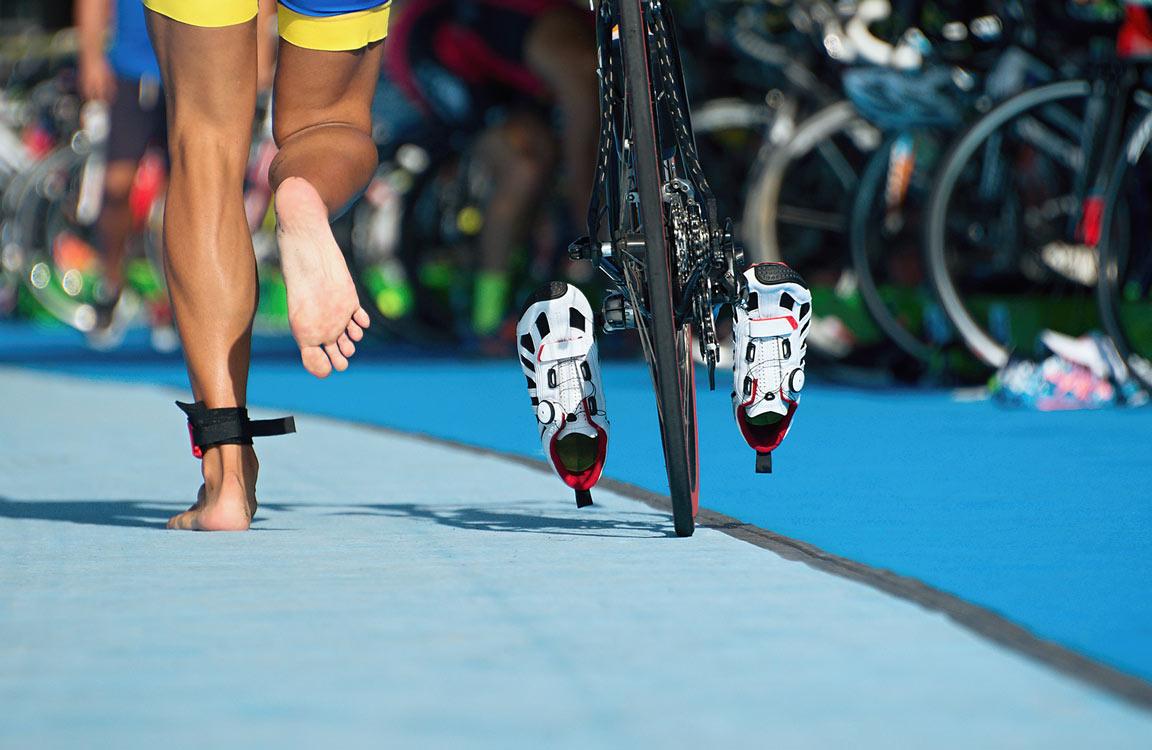
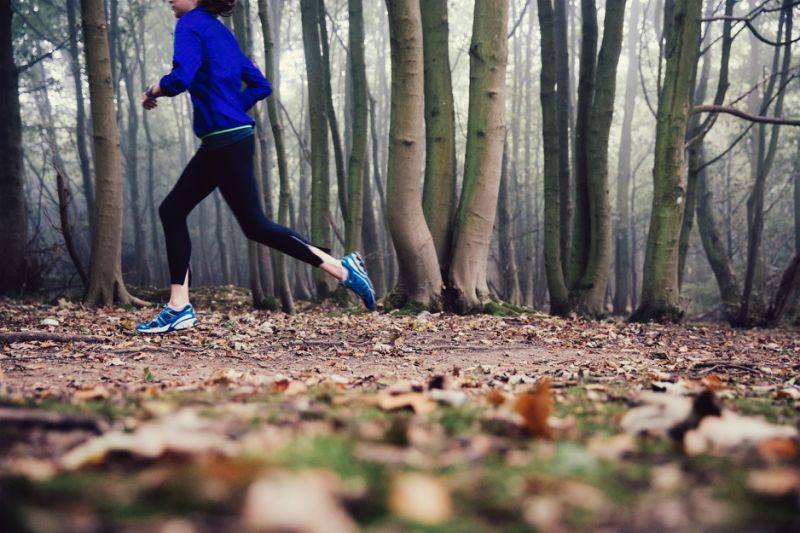
 RSS Feed
RSS Feed